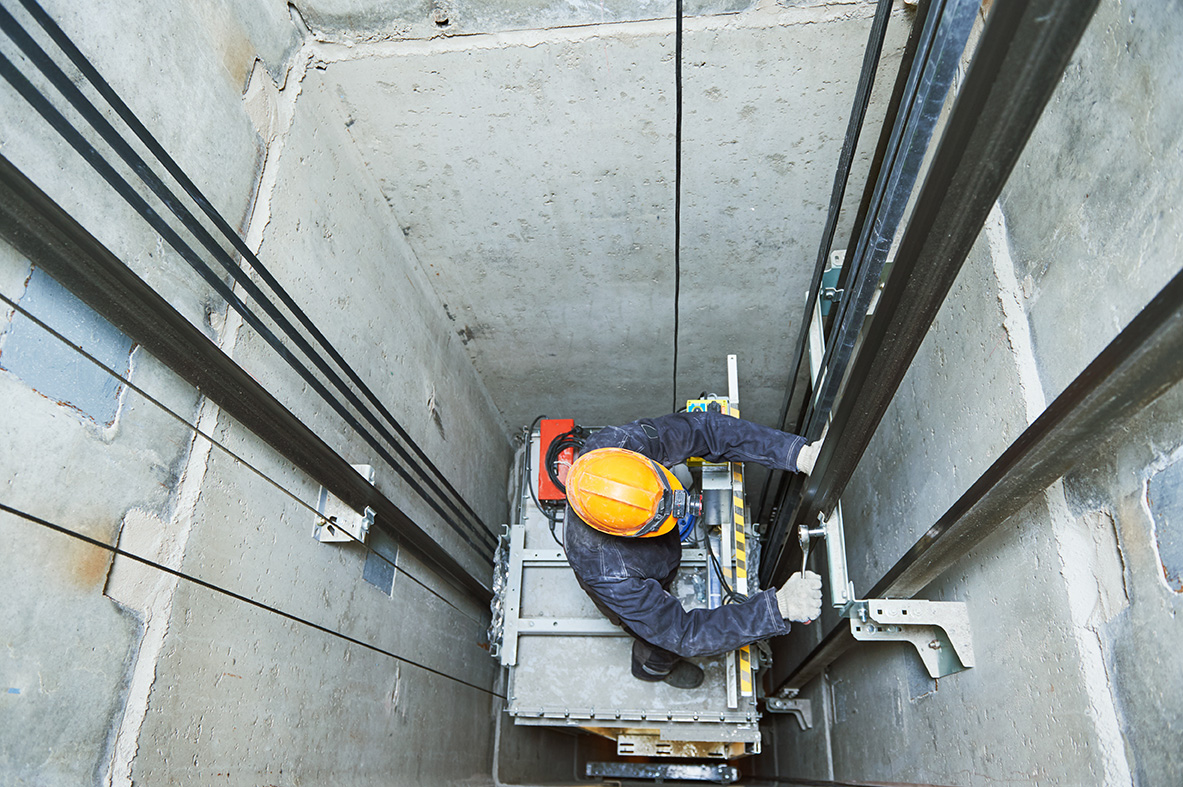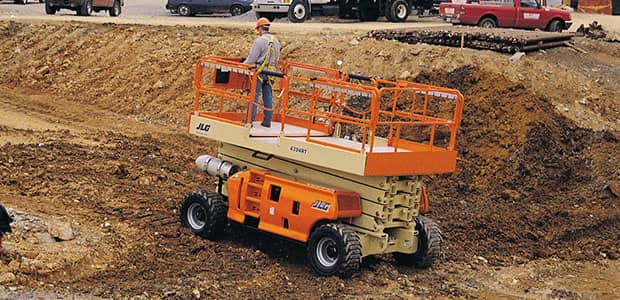Comprehensive Overview to Lift Repair Companies Near Me for Effective Lift Maintenance
Comprehensive Overview to Lift Repair Companies Near Me for Effective Lift Maintenance
Blog Article
Comprehensive Overview to Elevator Solutions and Their Upkeep
Browsing the complex globe of elevator systems and their upkeep is a job that requires precision and knowledge. From the different kinds of elevator systems in operation to the thorough adherence to security laws, the maintenance of these vertical transportation gadgets is a multifaceted undertaking. As structures rise higher and innovation advances, the requirement for a thorough understanding of elevator systems comes to be significantly essential. Join us as we unwind the intricacies of lift maintenance, exploring typical concerns, best techniques, and cutting-edge technologies that shape the contemporary landscape of vertical transport.
Kinds Of Elevator Equipments
Elevator systems come in numerous kinds, each designed to match specific structure needs and individual requirements. One of the most usual kinds include hydraulic elevators, grip lifts, machine-room-less elevators, and vacuum cleaner lifts. Hydraulic elevators are excellent for low-rise structures and utilize a hydraulic piston to move the elevator vehicle. Grip elevators, on the other hand, are a lot more fit for high-rise buildings and utilize steel ropes and counterweights to move the auto. Machine-room-less lifts are a space-saving option as they do not need a different equipment area for the lift machinery. Vacuum cleaner elevators, an extra modern development, usage atmospheric pressure differentials to relocate the automobile within a clear tube.
Each type of elevator system has its very own benefits and negative aspects, making it essential for structure owners and designers to very carefully consider their particular requirements prior to selecting one of the most ideal option. Aspects such as developing elevation, space accessibility, power performance, and budget restraints all play a considerable role in establishing the most effective lift system for a particular structure.
Usual Upkeep Problems
Regular maintenance of elevator systems is important to make certain smooth procedure and extend their lifespan. Despite routine maintenance, lift systems can still experience usual upkeep problems that need to be quickly resolved to stop disturbances in solution. One of the most regular problems is door breakdowns. Lift doors may get misaligned, causing concerns with opening and closing effectively. This can cause hold-ups and security risks, requiring prompt attention from maintenance service technicians. One more common problem is associated with the lift's leveling accuracy. Travelers may experience tripping risks and discomfort if the lift does not align properly with the floors. Additionally, concerns with the control system, such as sensor problems or electrical problems, can cause the elevator to malfunction or quit working entirely. Routine assessments and proactive upkeep can help identify and fix these common maintenance concerns prior to they intensify and impact the overall efficiency of the lift system.
Safety Rules and Compliance
Complying with strict safety guidelines and ensuring compliance with sector standards are critical for maintaining the operational integrity of elevator systems. Lifts are subject to a comprehensive collection of safety guidelines to protect travelers, upkeep workers, and the basic public. Regulative bodies such as the Occupational Safety and Health Management (OSHA) in the USA and the European Lift Organization (ELA) in Europe develop guidelines that cover various elements of elevator style, maintenance, setup, and procedure.
Compliance with these guidelines is not only a legal need yet likewise a moral commitment for building proprietors and lift maintenance firms. Failing to fulfill security criteria can cause fines, legal obligations, and, most importantly, threaten the security of individuals making use of the lift. Normal assessments, upkeep checks, and adherence to safety and security procedures laid out in the guidelines are crucial to guarantee Clicking Here the risk-free and reliable operation of lift systems. By prioritizing safety and security guidelines and compliance, stakeholders can promote the depend on of the public and mitigate potential dangers connected with elevator use.
Best Practices for Upkeep

Building proprietors should also take into consideration investing in modernization upgrades to enhance the effectiveness and security of their elevator systems. By following these best practices, lift systems can run smoothly and securely, giving dependable vertical transportation for passengers.

Advanced Technologies for Efficiency
Executing sophisticated technologies in elevator systems can significantly improve functional effectiveness and traveler experience. These systems enable travelers to input their preferred flooring before getting in the lift, which then directs them to the most reliable car.
Moreover, the integration of smart sensing units and anticipating upkeep capabilities has transformed lift upkeep. These sensors can find potential concerns prior to they intensify, making it possible for proactive maintenance interventions and reducing downtime. In addition, the usage of regenerative drives and energy-efficient parts helps in reducing power usage and operating prices in elevator systems.
Furthermore, the implementation of cloud-based monitoring and remote diagnostics enables real-time monitoring of lift performance and instant troubleshooting of any type of breakdowns. This positive method not just improves system reliability but additionally enhances the general user experience by guaranteeing smooth and undisturbed elevator operations.
Final Thought
To conclude, recognizing the various kinds of lift systems, usual upkeep concerns, safety and security guidelines, best upkeep techniques, and progressed modern technologies for performance is essential for making sure the smooth operation of lifts. By sticking to safety and security regulations and carrying out ideal practices for maintenance, building proprietors can prolong the life expectancy of their elevator systems and guarantee the safety and security of passengers. It is necessary to remain updated on the current innovations in elevator modern technology to enhance performance and integrity.
The most common types consist of hydraulic lifts, grip elevators, machine-room-less lifts, and vacuum lifts. Hydraulic elevators are excellent for low-rise buildings and make use of a hydraulic piston to move the elevator cars and truck. Machine-room-less elevators are a space-saving choice as they do not call for a different device space for the elevator machinery. Routine examinations and proactive maintenance can aid identify and settle these common maintenance issues before they intensify and impact the total performance of lift maintenance company the lift system.

Report this page